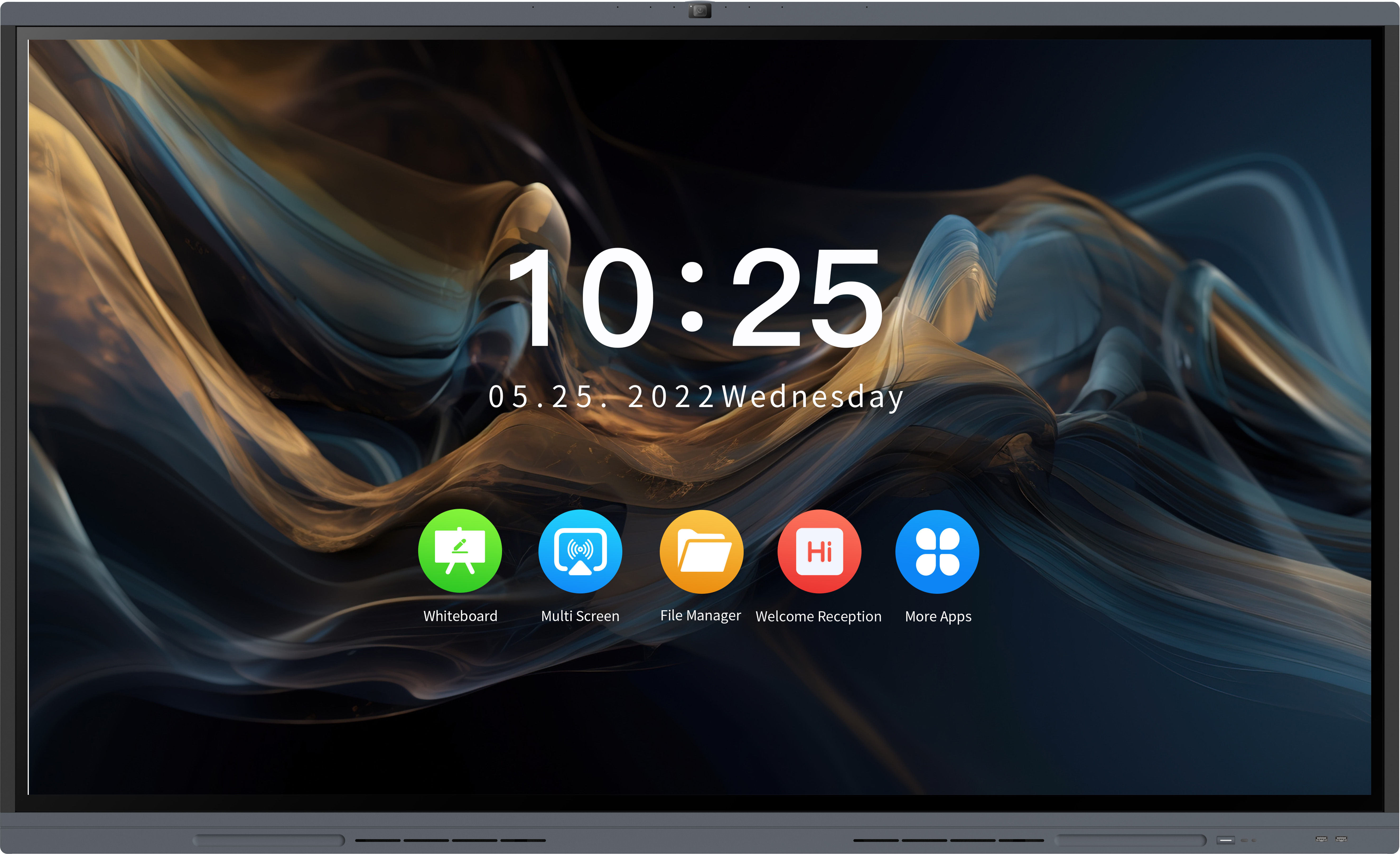Achieving Seamless Multi-Screen Interaction: Key Approaches

Introduction and Recommendation of Implementation Methods of Multi-screen Interaction of Tablet PC
Tablet PCs have become an integral part of our daily lives, revolutionizing the way we communicate, work, and entertain ourselves. With the increasing demand for more interactive and immersive experiences, the concept of multi-screen interaction has gained significant attention. This article aims to provide a comprehensive introduction to multi-screen interaction on tablet PCs, along with recommended implementation methods.
1. Screen Mirroring
Screen mirroring is a popular method of multi-screen interaction, allowing users to replicate the display of their tablet PC onto a larger screen, such as a TV or projector. This facilitates a seamless transition between the tablet and the larger screen, enabling users to enjoy content on a more immersive platform. By utilizing technologies like Chromecast, Miracast, or AirPlay, users can easily mirror their tablet's screen onto a compatible device. Additionally, screen mirroring offers the possibility of multi-tasking, as users can simultaneously interact with the tablet while the mirrored content is displayed on the larger screen.
2. Extended Display
Extended display is another implementation method for multi-screen interaction, enabling users to extend their tablet's display onto an additional screen. This method is particularly useful in scenarios where the user requires an extended workspace, such as in professional settings or during presentations. By connecting the tablet to an external monitor or projector, users can utilize the extended display to work with multiple applications simultaneously, improving productivity and efficiency. Advanced features like touchback support allow users to control the extended display directly from the tablet, further enhancing the interactive experience.
3. Second Screen Experience
The concept of the second screen experience takes multi-screen interaction to the next level. It involves utilizing a tablet as a secondary screen in conjunction with a primary device, like a gaming console or smart TV. This method enhances the overall experience by providing additional content, real-time information, or interactive features on the tablet while the primary device handles the main content. For example, in gaming scenarios, a tablet can be used as a map, inventory, or companion app, enhancing gameplay and providing a more immersive environment for the user.
In conclusion, multi-screen interaction on tablet PCs opens up exciting possibilities for users to experience content in a more engaging and interactive manner. By implementing methods like screen mirroring, extended display, and second screen experiences, users can take full advantage of the capabilities offered by their tablet PCs. Whether it's for entertainment, work, or gaming, multi-screen interaction is transforming the way we interact with our devices and expanding the boundaries of what is possible.

